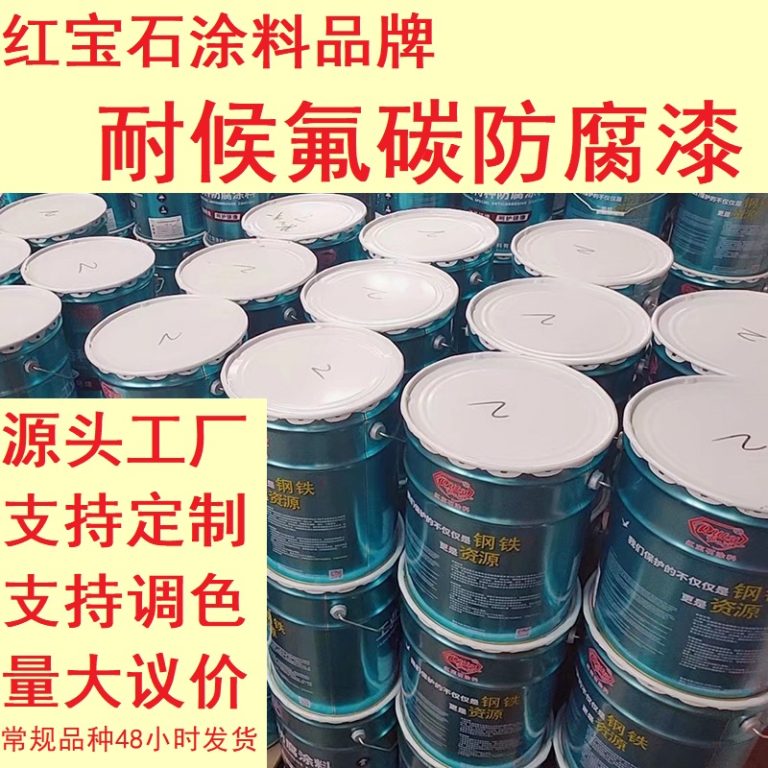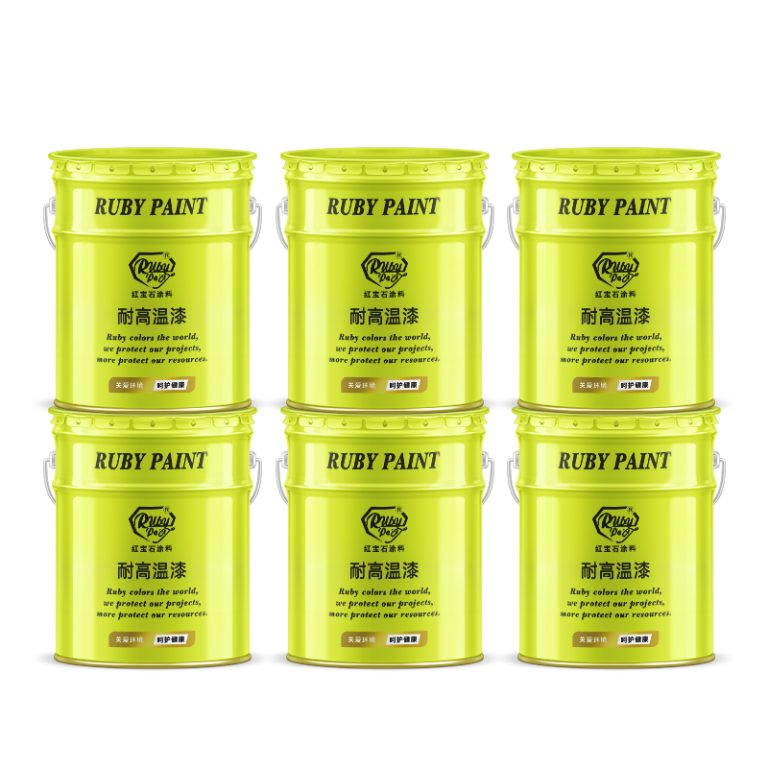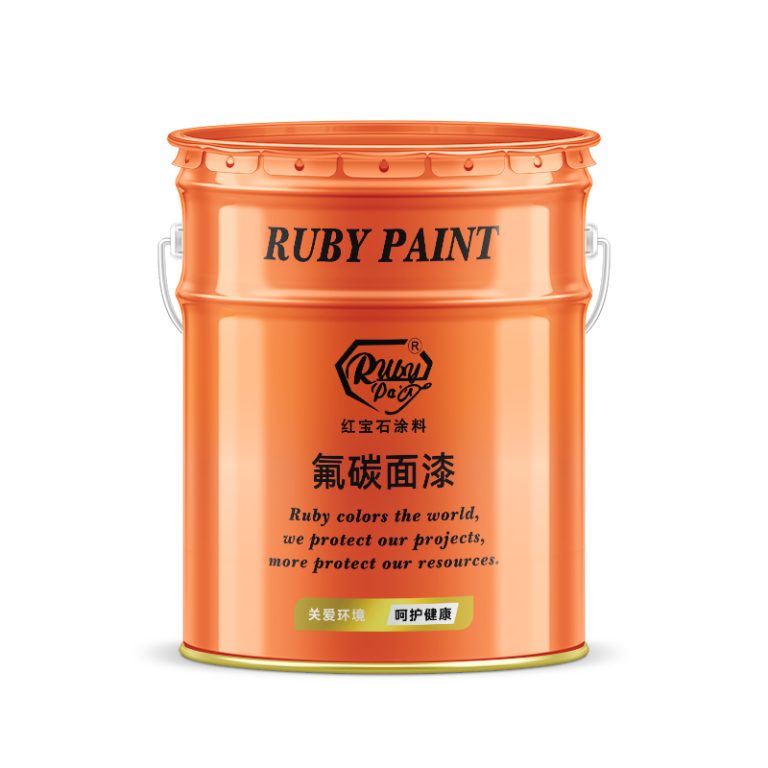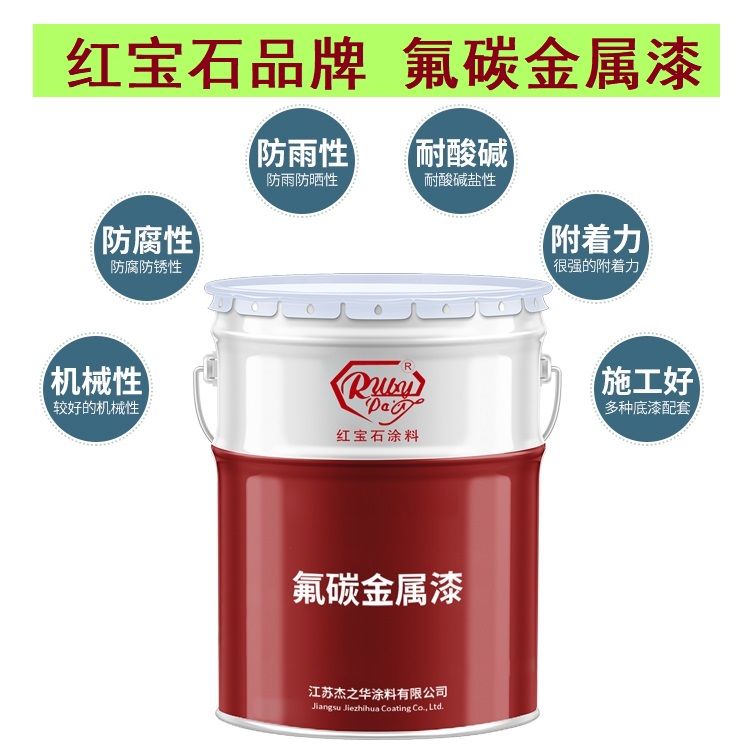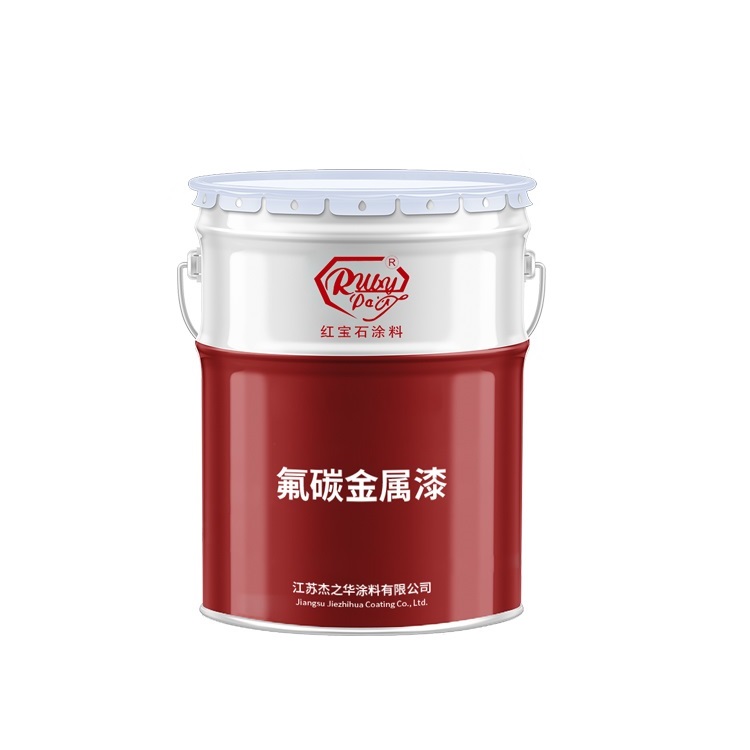Table of Contents
Benefits Of Using Paint Over Insulation Board
Painting over insulation board can offer a multitude of benefits that extend beyond mere aesthetics. Insulation boards are commonly used in construction to provide thermal resistance and enhance energy efficiency in buildings. However, their appearance can often be less than desirable, making paint an excellent option for improving their visual appeal. But the advantages of applying paint over insulation board go far beyond just improving its looks.
| No. | Name |
| 1 | Fluoracarbon paint |
One of the primary benefits of painting over insulation board is the added protection it provides. Insulation materials can be susceptible to damage from moisture, UV rays, and physical impact. A coat of paint can help seal the surface of the insulation board, creating a barrier that protects against these elements. This can extend the lifespan of the insulation board, ensuring it continues to perform its function effectively for a longer period. Additionally, some paints have mold-resistant properties, which can prevent the growth of mold and mildew on the surface of the insulation board, further protecting the material and maintaining indoor air quality.
Another significant advantage of using paint over insulation board is the improvement in fire resistance. Many insulation boards are made from materials that can be flammable. By applying a layer of fire-resistant paint, the insulation board’s fire rating can be enhanced, contributing to the overall safety of the building. This is particularly important in commercial and industrial settings where fire safety is a critical concern.
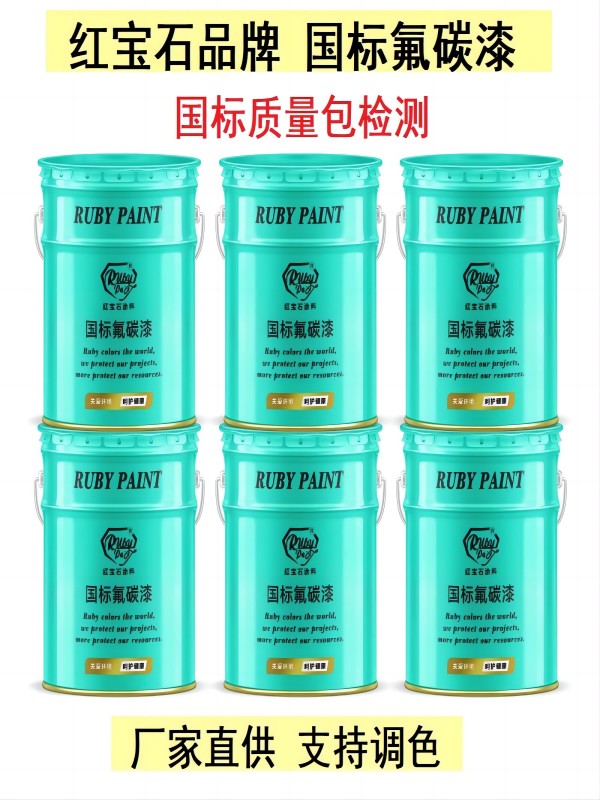
Painting over insulation board also provides an opportunity to improve the thermal performance of the insulation. Some paints are designed with reflective properties that can reflect heat, helping to keep buildings cooler in the summer and warmer in the winter. This can lead to significant energy savings, as less energy will be required to heat or cool the building. As a result, not only does painting insulation board contribute to a more comfortable indoor environment, but it also supports energy conservation and reduces utility costs.
Furthermore, using paint over insulation board allows for greater design flexibility. Insulation boards are often left exposed in areas such as basements, garages, and attics. By painting these boards, homeowners and builders can customize the appearance to match the surrounding decor or achieve a specific aesthetic. This can be particularly beneficial in commercial spaces where branding and visual identity are important. The ability to paint insulation board in a variety of colors and finishes means that it can be seamlessly integrated into any design scheme.
In conclusion, painting over insulation board offers numerous benefits that enhance both the functionality and appearance of the insulation. From protecting the material and extending its lifespan to improving fire resistance and thermal performance, the advantages are clear. Additionally, the ability to customize the look of insulation board through painting allows for greater design flexibility, making it an attractive option for both residential and commercial applications. By considering the use of paint on insulation board, property owners can maximize the benefits of their insulation while achieving an aesthetically pleasing result.
Step-By-Step Guide To Painting Insulation Board
Painting over insulation board can be a great way to enhance its appearance and increase its durability. However, it is important to follow the correct steps to ensure a successful outcome. This step-by-step guide will provide you with the necessary information to paint over insulation board effectively.
Before you begin painting, it is essential to prepare the insulation board properly. Start by cleaning the surface of the board to remove any dust, dirt, or debris. You can use a soft brush or a vacuum cleaner with a brush attachment to gently clean the surface. Once the board is clean, inspect it for any damage or imperfections. If you find any holes or cracks, fill them with a suitable filler and allow it to dry completely.
Next, you will need to apply a primer to the insulation board. A primer will help the paint adhere better to the surface and provide a more even finish. Choose a primer that is specifically designed for use on insulation board or foam board. Apply the primer evenly across the surface using a paintbrush or a roller. Allow the primer to dry completely before proceeding to the next step.
Once the primer is dry, you are ready to start painting. Choose a paint that is suitable for use on insulation board. It is important to select a paint that is compatible with the primer you have used. Apply the paint evenly across the surface using a paintbrush or a roller. Be sure to cover the entire surface, including the edges of the board. Allow the first coat of paint to dry completely before applying a second coat.
| Number | Name |
| 1 | Fluoracarbon primer paint |
After the second coat of paint has dried, you may want to apply a clear sealer to protect the paint and increase the durability of the insulation board. Choose a sealer that is compatible with the paint you have used. Apply the sealer evenly across the surface using a paintbrush or a roller. Allow the sealer to dry completely before handling the insulation board.
Once the sealer is dry, your painted insulation board is ready to be installed or used in your project. Be sure to handle the board carefully to avoid damaging the paint or the surface of the board.
In conclusion, painting over insulation board can be a simple and effective way to enhance its appearance and increase its durability. By following the steps outlined in this guide, you can achieve a professional-looking finish that will last for years to come. Remember to prepare the surface properly, use the right primer and paint, and apply a sealer to protect the finished product. With a little time and effort, you can transform ordinary insulation board into a beautiful and functional element of your project.

